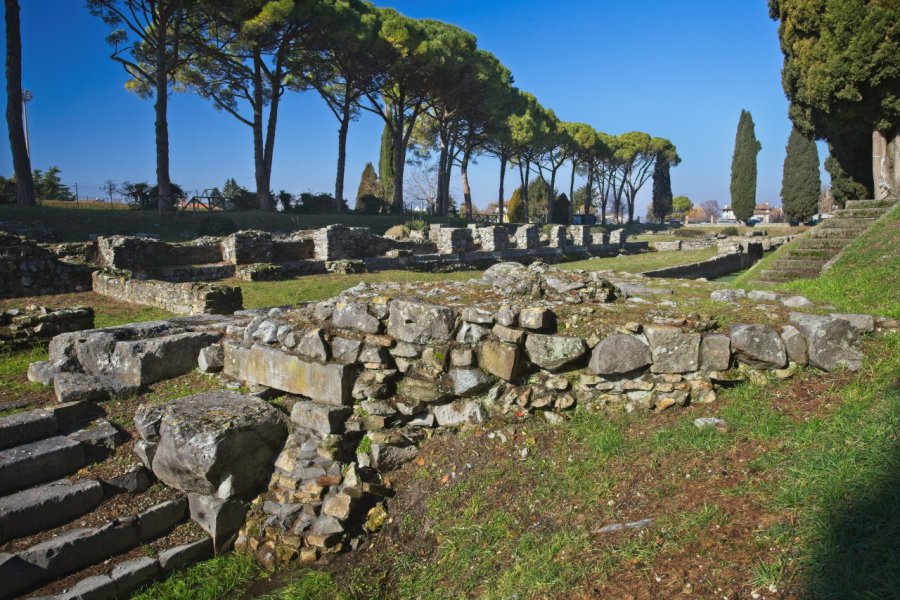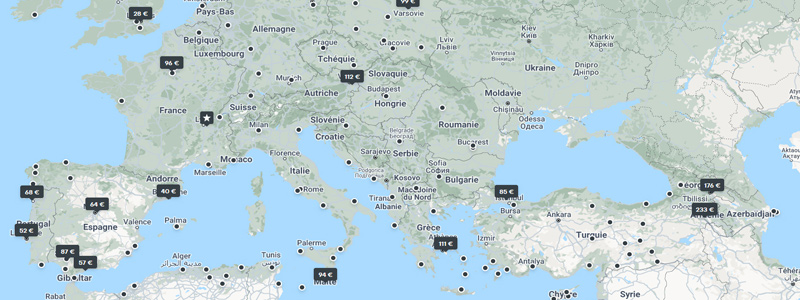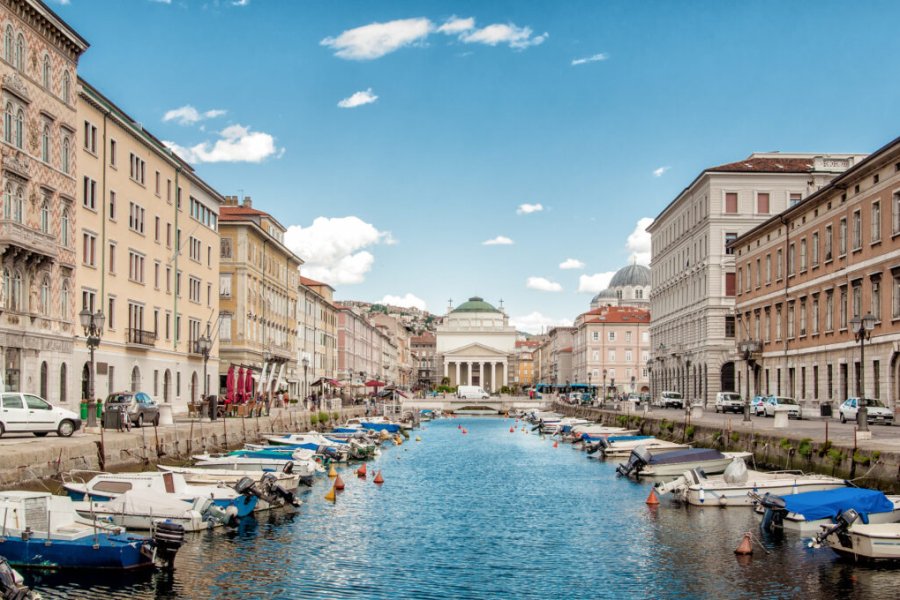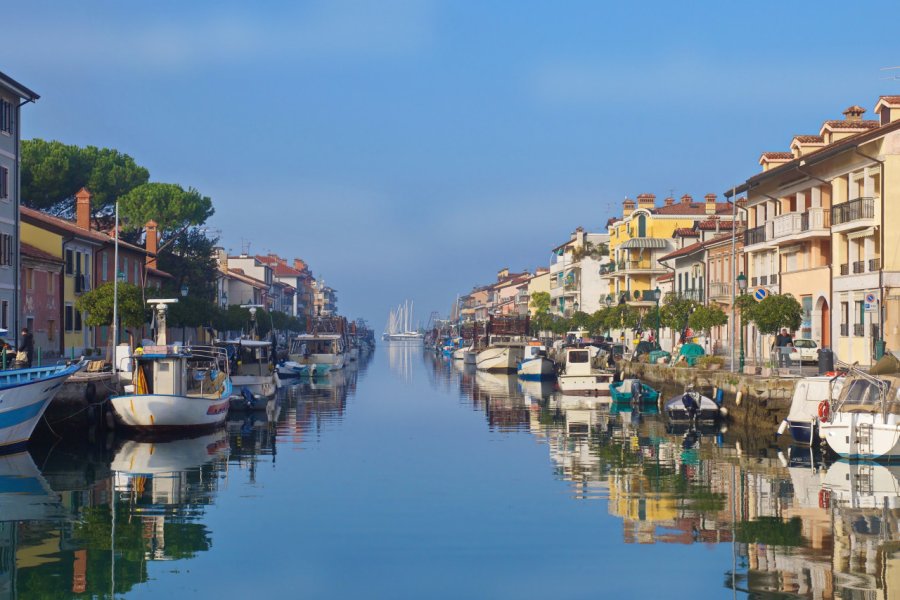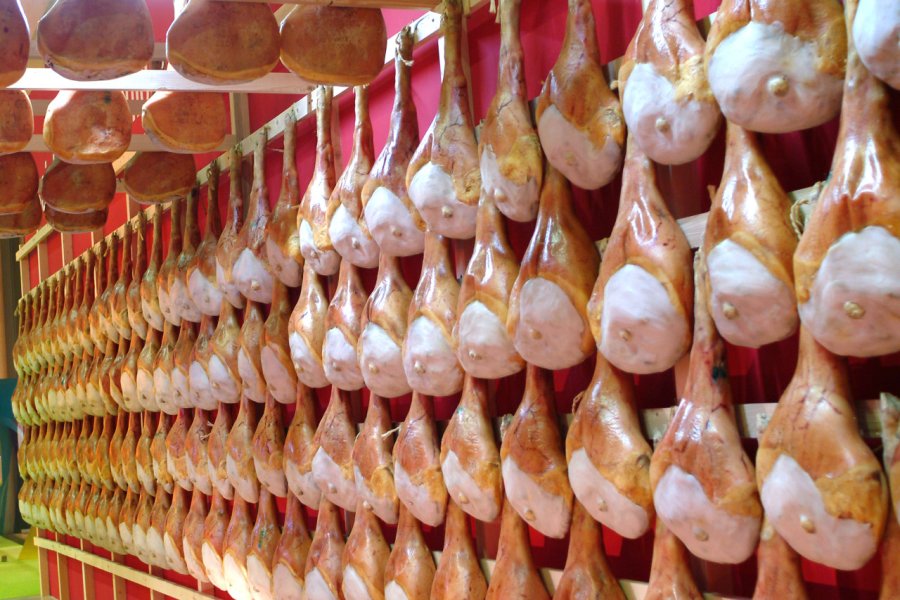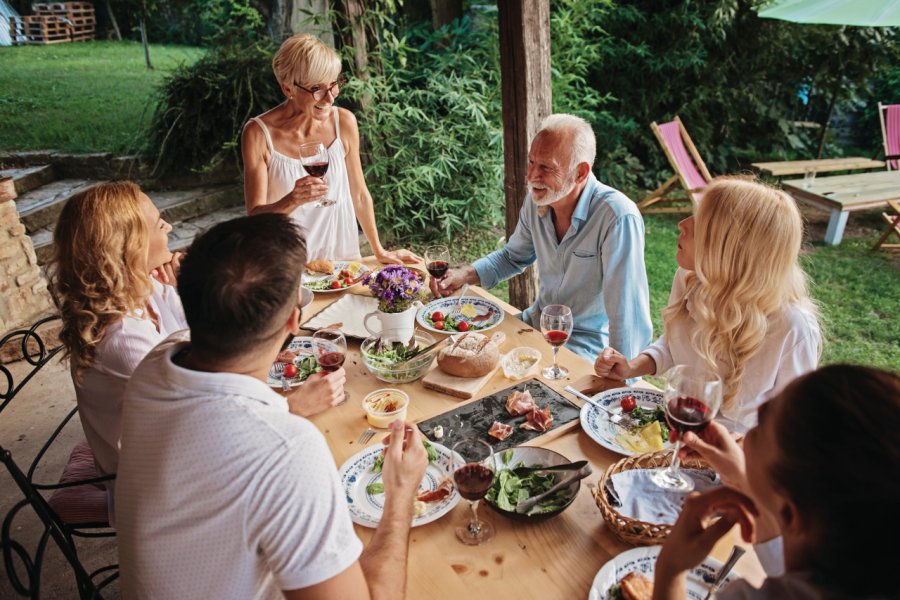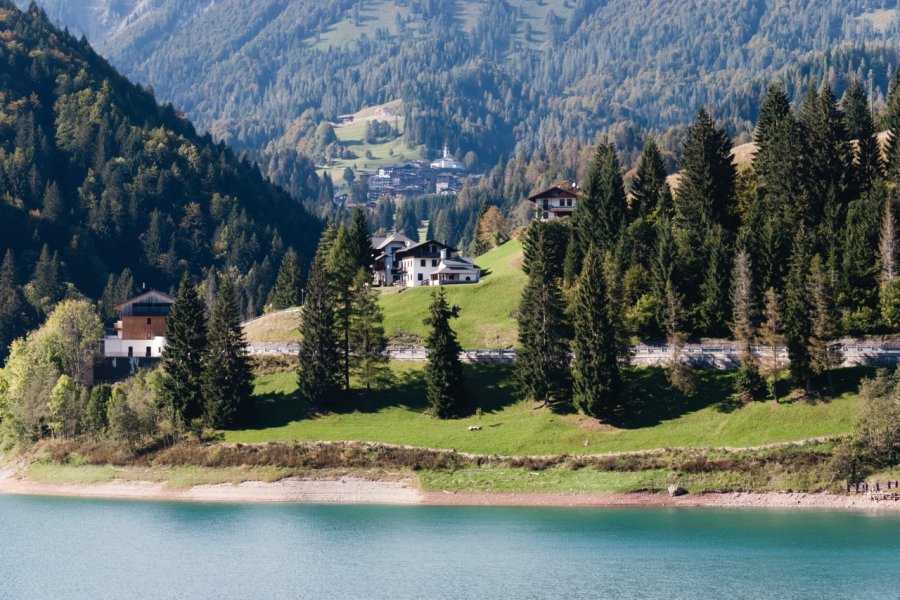Travel guide Friuli-Venezia Giulia
What to see, what to do Friuli-Venezia Giulia?
-
Book an activity
-
Customized travel
- The most beautiful cities Friuli-Venezia Giulia
Suggested addresses Friuli-Venezia Giulia
Travel Friuli-Venezia Giulia
-
Find a hotel
-
Car Rental
-
International e-SIM package
-
Find a local agency
Find unique Stay Offers with our Partners
Featured articles Friuli-Venezia Giulia
Discover Friuli-Venezia Giulia
East of the Veneto, between the Adriatic Sea, Austria and Slovenia, Friuli-Venezia Giulia remains a rather unknown region in Italy, whose image is often summed up in the city of Trieste. It is obviously much more than that! It has a great diversity of landscapes where the mountains meet the sea, a rich heritage of Roman remains, paleochristian mosaics, fortifications and Venetian palaces. Its history has been marked by a succession of occupants and by a cultural mix, as evidenced by its architecture and culinary traditions. In the heart of Europe, between the Latin, German and Slavic worlds, Friuli Venezia Giulia cultivates its own identity and openness to others. To help you get to know the region better before you pack your bags, this chapter offers you an overview of this territory that has not finished surprising you.
Pictures and images Friuli-Venezia Giulia
The 12 keywords Friuli-Venezia Giulia
1. #Buffet
The buffets are typical establishments of Trieste. Heirs to the Austro-Hungarian culinary tradition, they serve an economical and hearty cuisine at all hours, consisting of bolliti (boiled meats), Prague ham with horseradish, goulash and knödel. The clientele is diverse and the atmosphere is popular.
2. #Café
In Trieste, twice as much coffee is consumed as anywhere else in Italy! The city is the first coffee port in the Mediterranean and the people of Trieste are so attached to it that they have even built their own vocabulary around this drink. Visit one of Trieste's historic cafés to enjoy a nero prepared according to the rules of the art.
3. #Dolomites

The Friulian Dolomites are considered the wildest of the entire dolomitic group. Their impressive rock formations can only be discovered on foot, following hiking trails and stopping at refuges, as the massif has no villages or paved roads. A pure return to nature!
4. #Frico
It is on the menu of every restaurant in the area. Frico is a traditional dish made with cheese melted in a pan, usually Montasio, although it was originally prepared with all the leftover cheese. Cooked with or without potatoes, it looks like a large omelet. It is often served with polenta.
5. #Great War
Located on the border between Italy and the Austro-Hungarian Empire, the region was severely impacted by the confrontations of the Great War. There are many places of remembrance in the region: trenches, fortifications, galleries, museums, memorials, and the Sacrario Militare di Redipuglia, the largest ossuary of the First World War.
6. #Lagunes

On the Friulian coast, the lagoons of Marano and Grado are separated from the sea by a string of islands. The lagoons are a paradise for birds and many other aquatic species, with their marshes, canals and small islands just above the water. A network of wooden footbridges, observatories and soft paths allows you to explore them on foot and by bike
7. #Lombards
This Germanic people settled in Italy in the 6th century and made Cividale del Friuli the capital of a small duchy. The city has preserved some rare and exceptional testimonies of this population, which has earned it a world heritage listing by Unesco. To see in particular: the Tempietto longobardo and the altar of Ratchis
8. #Malga
In the Friulian Alps, the malghe (malga in the singular) are high altitude dairy farms in the middle of the mountain pastures. They produce artisanal cow's milk cheeses such as Montasio DOP and smoked ricotta. It is possible to buy their products on the spot and some of them even offer room and board.
9. #Mosaics

Aquileia is registered with Unesco for its Roman and paleochristian vestiges and preserves mosaics of both periods. Its basilica has a floor entirely covered with mosaics of the fourth century, the largest set in the world. The art of mosaic, still alive, is taught in Spilimbergo, in a school of international renown that can be visited.
10. #San Daniele
The jewel of Friuli, this fine and fragrant cured ham is made exclusively in the town of the same name, where the sea breeze from the valley meets the cool alpine currents, creating a microclimate that favors the maturation of the hams. To be enjoyed thinly sliced, with a glass of white wine from Friuli, or on fresh tagliatelle.
11. #Skiing
Thanks to good snow conditions and quality infrastructures, the winter sports resorts of Friuli are among the most popular destinations for skiing and other snow sports. Piancavallo, Ravascletto and Tarvisio are among the most popular with their kilometers of slopes and ski lifts
12. #White wine

Some will tell you that the white wines of Friuli are the best in Italy! The DOC areas of Collio and Colli Orientali del Friuli, near the Slovenian border, are the most famous, with splendid vintages made from native varieties, such as friulano and ribolla gialla, or international varieties, such as sauvignon and chardonnay
You are from here, if...
You are at least bilingual. In addition to Italian, you speak German in the Alps, Slovenian near the eastern border or Friulian wherever you are. And of course you know at least some rudiments of the local dialect, Triestino, VenetoPordenonese or Resiano!
Living in Trieste, coffee is sacred for you. At the bar, you order a nero, a capo or a goccia, according to a vocabulary that only the Triestinians use.
You make theaperitivo. It's a kind of cocktail-buffet, an Italian-style happy hour, served from late afternoon until dinner. You usually have a glass of prosecco or a Spritz, accompanied by typicalantipasti.
You love the passeggiata in the late afternoon, a ritual Italian walk where everyone meets. You walk in one direction, then in the other! You stop to chat with friends, standing, on a bench, on a scooter, whatever.

